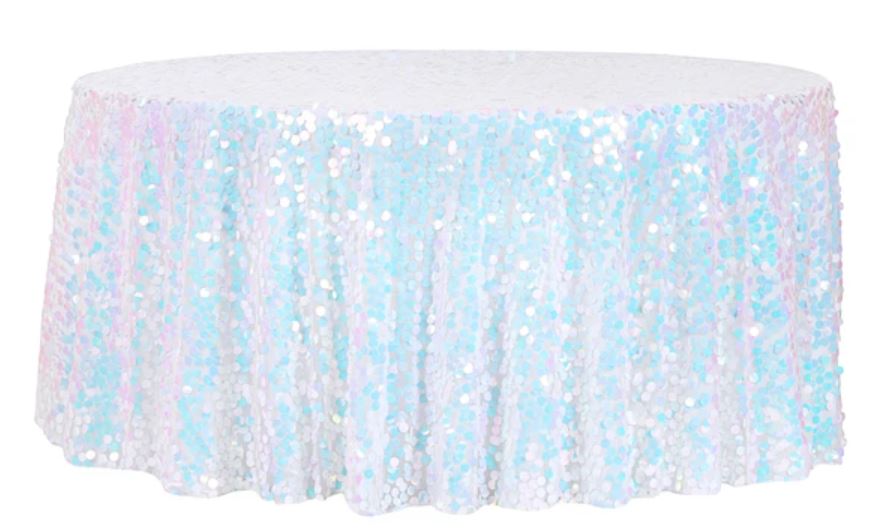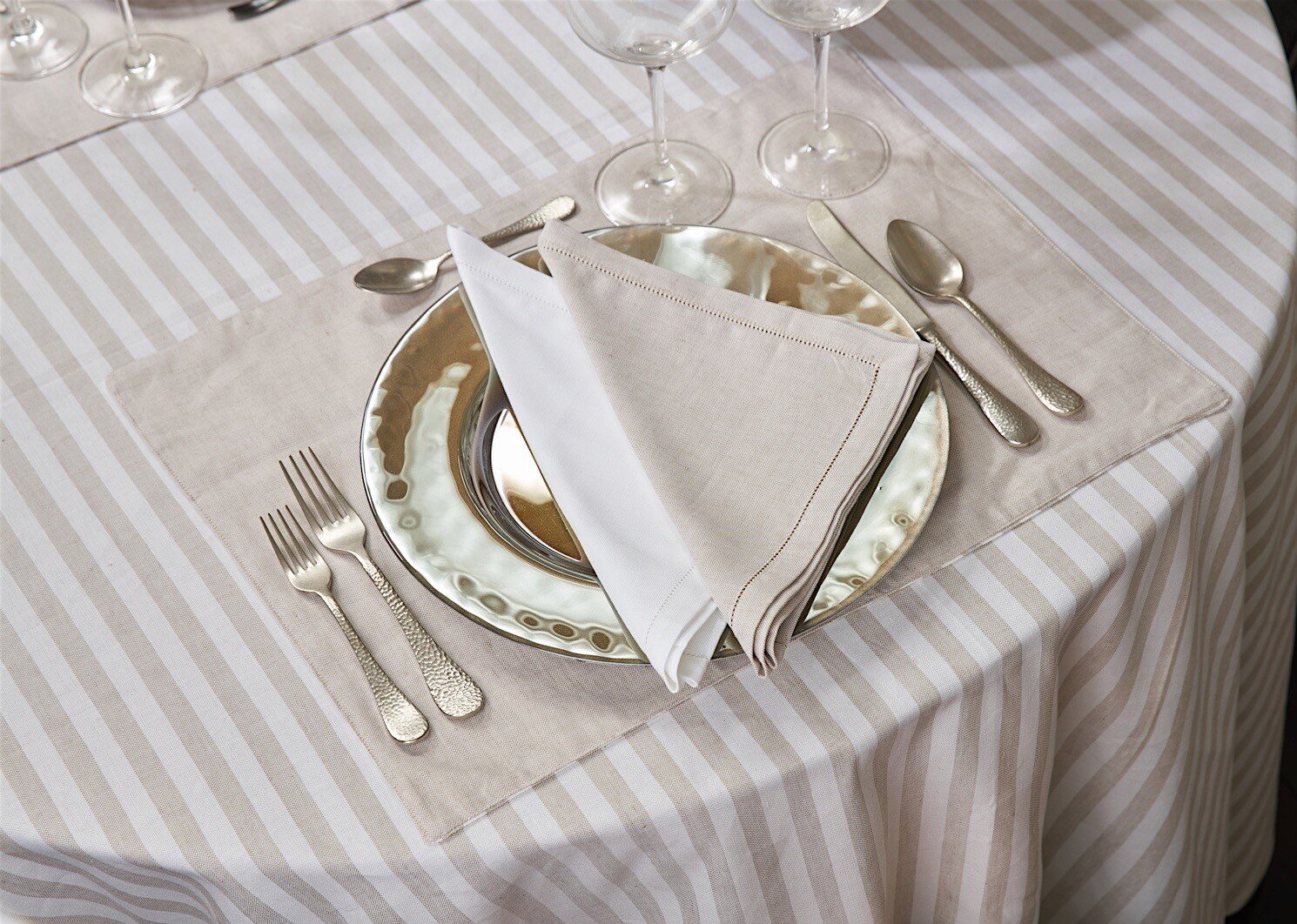Bed Linen Material Technologies: Exploring Modern Trends and Creative Applications in Design and Textile Industry
From lasting manufacturing methods to cutting-edge weaving technologies, the evolution of linen is improving the landscape of the fabric market. As we dig into the realms of creative design applications and the emergence of bed linen blends and crossbreed fabrics, a brand-new phase unfolds in which linen's duty in future fabric advancements takes center phase.
Lasting Practices in Linen Production
Lasting techniques in linen production have actually ended up being progressively essential in the textile sector's initiatives to lessen ecological effect and promote ethical sourcing approaches. Linen, a natural fiber derived from the flax plant, uses an array of advantages such as biodegradability, breathability, and sturdiness. Nevertheless, standard approaches of bed linen manufacturing can include substantial water consumption, chemical usage, and energy-intensive processes.
To attend to these challenges, numerous fabric manufacturers are embracing lasting techniques throughout the linen production procedure. This consists of sourcing flax from organic farms that prevent harmful pesticides and chemicals, applying water-efficient retting techniques to extract fibers from the flax stalks, and using eco-friendly dyes and finishes. Furthermore, some firms are purchasing renewable energy sources to power their production facilities and minimizing waste with recycling and upcycling campaigns.
Technical Advancements in Linen Weaving
With the growing emphasis on sustainable practices in linen production, the textile market is now experiencing a rise in technical innovations especially intended at revolutionizing the art of linen weaving. These innovations are reshaping the way linen fabrics are produced, providing enhanced effectiveness, quality, and imagination in weaving methods.
One of the crucial technical improvements in bed linen weaving is the combination of digital looms. These innovative looms are outfitted with software program that permits intricate and detailed layouts to be woven with accuracy. By digitizing the weaving process, producers can achieve better uniformity and precision in their bed linen materials.
Additionally, developments in thread spinning innovation have made it possible for the manufacturing of finer and even more sturdy bed linen threads - table cloths. This leads to softer and smoother linen materials that maintain their high quality also after numerous usages and cleans
Additionally, the development of environmentally friendly dyeing processes and finishes for bed linen textiles is obtaining grip. These lasting methods not only minimize the environmental impact however also accommodate the increasing customer demand for ethically created fabrics.
Creative Style Applications for Bed Linen
Cutting-edge imaginative approaches are significantly forming the innovative layout applications for bed linen in the textile sector. Developers are pressing the boundaries of traditional bed linen use, exploring its flexibility in various applications. One famous pattern is the integration of linen in lasting fashion lines, where its eco-friendly residential or commercial properties are highlighted. Bed linen's natural aesthetic charm and capacity to blend with other textiles make it a favorite option for developing unique garments and accessories that deal with the eco conscious consumer.
Furthermore, developers are try out linen in home decoration, utilizing its breathable and long lasting nature to craft fashionable furnishings such as drapes, bedding, and furniture. The appearance and drape of linen bring a feeling of class and comfort to interior areas, adding a touch of elegance to modern-day homes.

Bed Linen Blends and Crossbreed Fabrics
:max_bytes(150000):strip_icc()/smooth-linen-tableware-sky-24_2000x-e91a79aab4354001b5445ec12d511141.jpg)
Hybrid textiles, on the other hand, take the concept of mixing a step better by integrating extra components such as metal threads, recycled products, or conductive fibers. These ingenious textiles not just broaden the design opportunities yet likewise present useful elements like conductivity, antimicrobial homes, or improved resilience. Crossbreed materials are increasingly being made use of in various sectors, including fashion, indoor layout, and technological fabrics, where the need for multifunctional materials is on the surge.
Linen's Function in Future Fabric Innovations

In the realm of future fabric developments, bed linen is expected to be a vital player in the growth of advanced functional textiles. Researchers and developers are discovering ways to boost linen's intrinsic qualities with technological improvements, such as including clever textiles, nanotechnology, and efficiency coatings. These innovations intend to elevate linen's efficiency features, making it suitable for a wider variety of applications, from activewear to safety clothes.
Moreover, the mix of linen with other natural or artificial fibers opens unlimited opportunities for creating novel fabrics with one-of-a-kind residential properties and capabilities. By leveraging linen's characteristics and checking out ingenious blends, the fabric market is positioned to present interesting developments that deal with progressing consumer needs and sustainability demands.
Conclusion
Finally, the exploration of lasting techniques, technical developments, imaginative design applications, bed linen the original source blends, and its duty in future textile advancements highlight the continuous development of linen textile in the modern style and textile sector. With a concentrate on innovation and imagination, the adaptability and environmentally friendly nature of bed linen make it a useful material for designers and producers alike, paving the means for further growths and advancements in the area of fabrics.
As we dig into the realms of imaginative design applications and the emergence of bed linen blends and crossbreed textiles, a brand-new chapter unravels in which linen's function in future textile advancements takes center phase.
Exploring the blend of linen with other fabrics has actually led to the development of innovative blends and hybrid fabrics in the modern fabric sector. Linen blends provide a special mix of the characteristics of linen with those of various other fibers, resulting in textiles that possess improved residential or commercial properties such as raised toughness, enhanced draping, and lowered wrinkling.The evolution of linen blends and hybrid materials has actually established the stage for Linen to play a critical function in driving future fabric technologies.In the realm of future textile developments, linen is expected to be a crucial gamer in the growth of innovative functional fabrics.